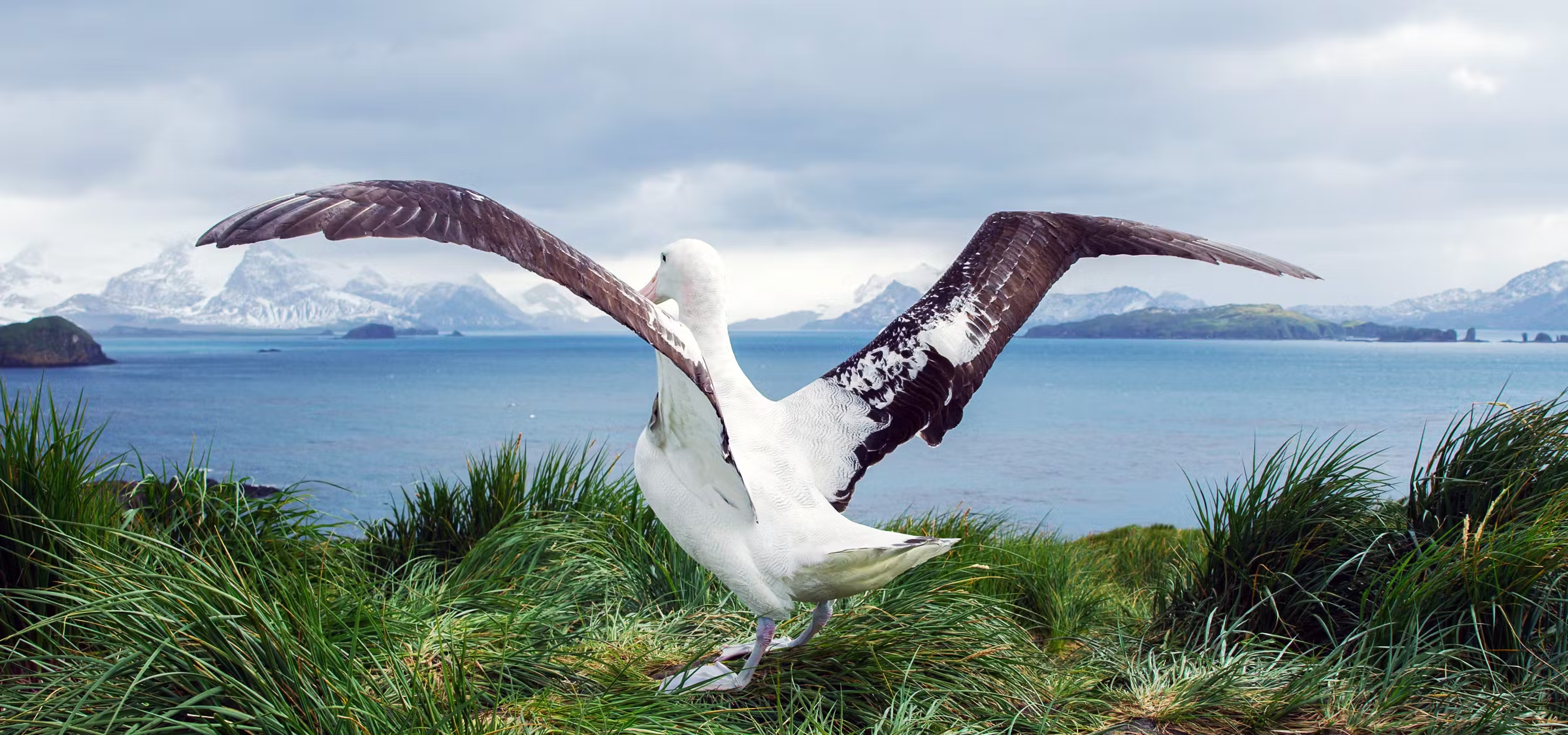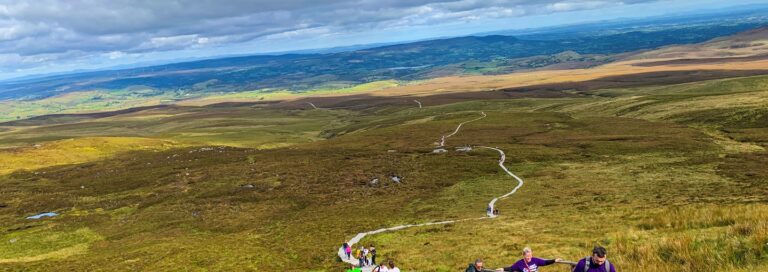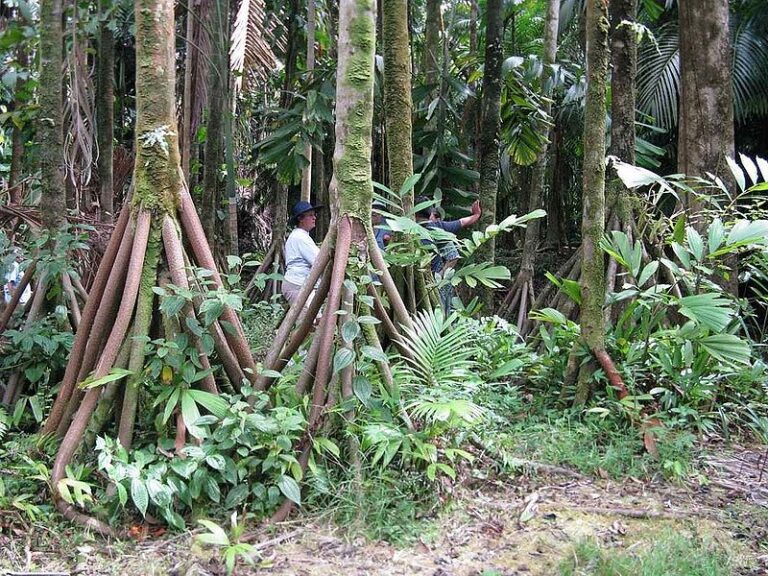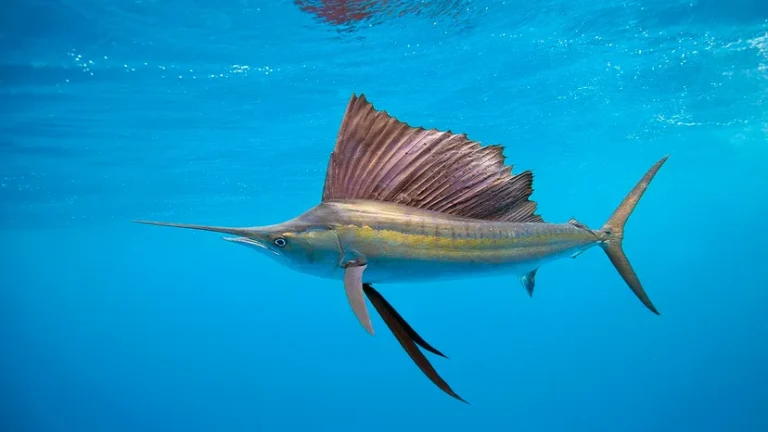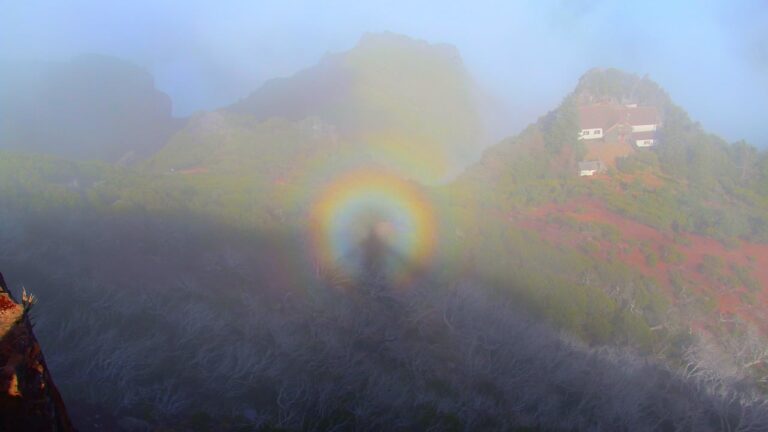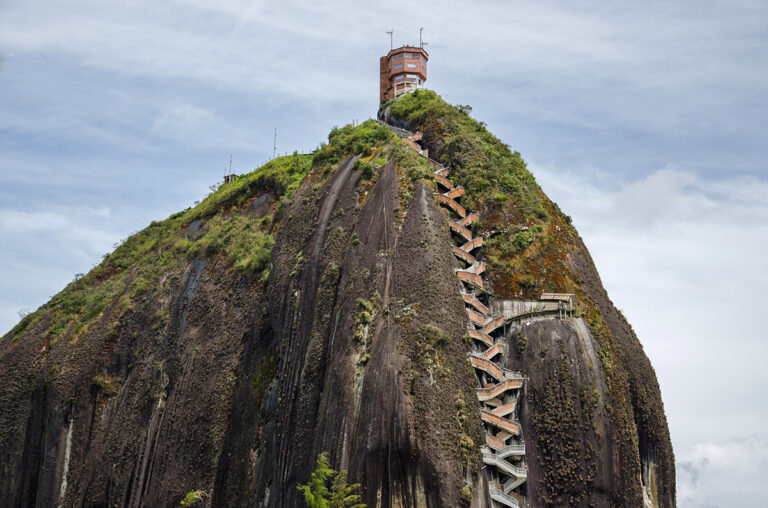The Majestic Albatross: Interesting Facts About the Ocean’s Master Glider
The albatross, one of the most awe-inspiring seabirds, is known for its incredible wingspan, graceful flight, and remarkable life at sea. Often seen as a symbol of good luck for sailors, these birds are truly wonders of the avian world. Let’s explore some fascinating facts about the albatross that showcase why they are considered the masters of the sky.
1. Record-Breaking Wingspan: The Biggest in the Bird World
Albatrosses are famous for having the largest wingspan of any bird, with some species like the wandering albatross boasting wingspans of up to 12 feet (3.6 meters). This impressive wingspan allows them to glide effortlessly over the ocean for hours without flapping their wings, conserving energy during their long journeys. Their ability to ride wind currents for days is a key adaptation that enables them to travel vast distances across the world’s oceans.
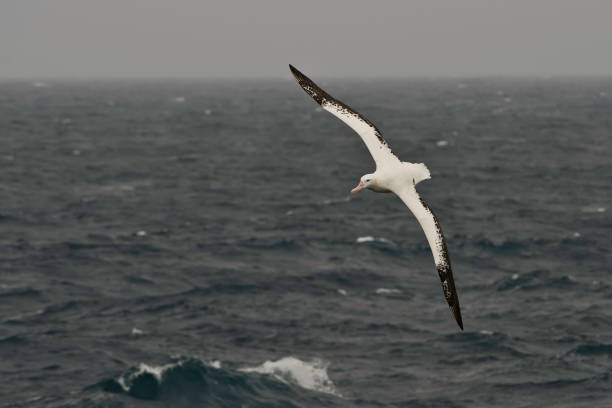
2. Master Gliders: Flying Thousands of Miles Without Landing
Albatrosses are designed for long-distance flight. They can travel up to 10,000 miles (16,000 kilometers) on a single journey, using dynamic soaring techniques to ride ocean winds. This ability to harness wind currents means they rarely need to flap their wings, making them incredibly efficient fliers. They spend most of their lives in the air, only coming to land for breeding and raising their young.
3. Lifelong Mates: Devoted Partners of the Sea
Albatrosses are known for their strong pair bonds and elaborate courtship dances. Once an albatross finds a mate, they often stay together for life, returning to the same nesting sites year after year. Their synchronized dance routines, involving bill clacking, head nodding, and sky pointing, are a beautiful and complex way of strengthening their bond. These monogamous relationships help ensure successful breeding and raising of chicks.
4. Expert Fishermen: Diet of the Ocean
Albatrosses primarily feed on squid, fish, and other marine creatures. They are expert hunters, often diving into the water or scavenging for food on the ocean’s surface. Their keen eyesight and ability to cover large areas make them highly effective predators, and they can follow fishing boats for miles to snatch up discarded fish.
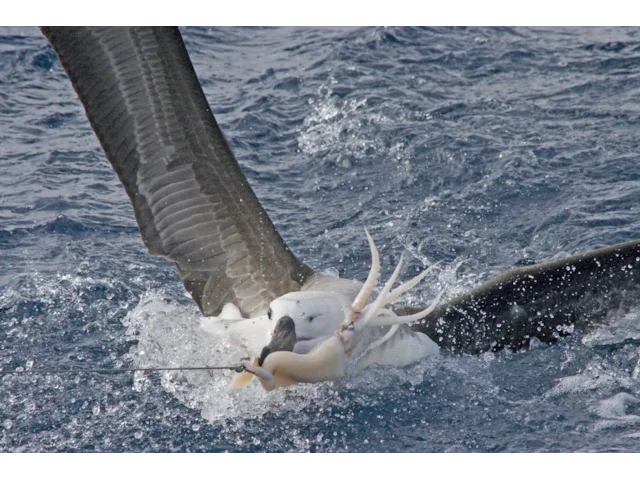
5. The Challenges of Raising Young: High Stakes at Sea
Raising a chick is no easy task for albatrosses. After laying a single egg, both parents take turns incubating it for over two months. Once hatched, the chick relies on its parents for food and protection for up to a year. The high investment in raising each chick, combined with threats from predators and environmental changes, makes successful breeding a significant challenge for these birds.
6. Environmental Sentinels: Indicators of Ocean Health
Albatrosses are often seen as indicators of ocean health. Changes in their feeding patterns, breeding success, and population numbers can provide critical insights into the state of marine ecosystems. Unfortunately, these birds face significant threats from plastic pollution, fishing practices, and climate change, making conservation efforts crucial to their survival.
7. Longevity: Living Legends of the Sea
Albatrosses are long-lived birds, with some individuals reaching up to 60 years of age. Their longevity is attributed to their slow life cycle, strong pair bonds, and ability to avoid predators through their life spent mostly at sea. The oldest known wild albatross, named Wisdom, is over 70 years old and still breeds successfully.
Final Thoughts
The albatross is not just a bird of myth and legend; it is a living marvel of nature with a life story full of incredible feats and challenges. As they glide across the vast ocean expanses, albatrosses remind us of the wonders of the natural world and the importance of protecting these majestic creatures for future generations.
Albatrosses are truly the masters of the sky, embodying freedom, endurance, and resilience. By learning about and supporting conservation efforts, we can help ensure that these magnificent birds continue to soar over our oceans for years to come.
